Audi 2014 Annual Report Download - page 38
Download and view the complete annual report
Please find page 38 of the 2014 Audi annual report below. You can navigate through the pages in the report by either clicking on the pages listed below, or by using the keyword search tool below to find specific information within the annual report.-
 1
1 -
 2
2 -
 3
3 -
 4
4 -
 5
5 -
 6
6 -
 7
7 -
 8
8 -
 9
9 -
 10
10 -
 11
11 -
 12
12 -
 13
13 -
 14
14 -
 15
15 -
 16
16 -
 17
17 -
 18
18 -
 19
19 -
 20
20 -
 21
21 -
 22
22 -
 23
23 -
 24
24 -
 25
25 -
 26
26 -
 27
27 -
 28
28 -
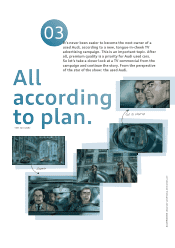 29
29 -
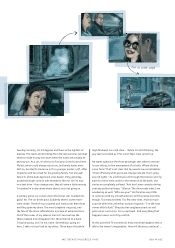 30
30 -
 31
31 -
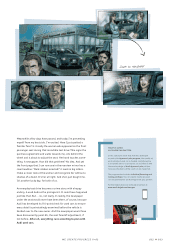 32
32 -
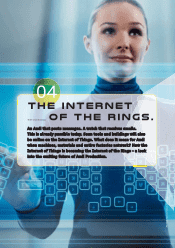 33
33 -
 34
34 -
 35
35 -
 36
36 -
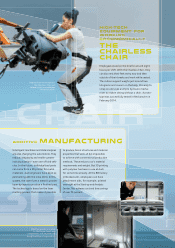 37
37 -
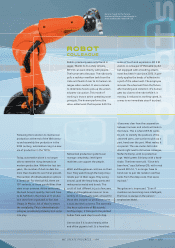 38
38 -
 39
39 -
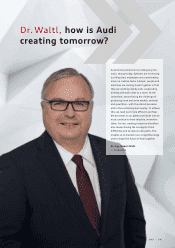 40
40 -
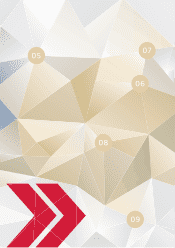 41
41 -
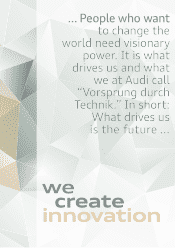 42
42 -
 43
43 -
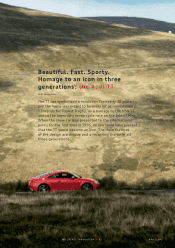 44
44 -
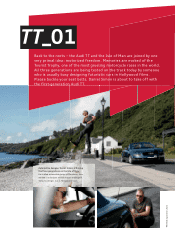 45
45 -
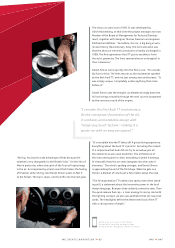 46
46 -
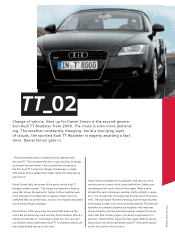 47
47 -
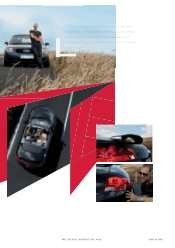 48
48 -
 49
49 -
 50
50 -
 51
51 -
 52
52 -
 53
53 -
 54
54 -
 55
55 -
 56
56 -
 57
57 -
 58
58 -
 59
59 -
 60
60 -
 61
61 -
 62
62 -
 63
63 -
 64
64 -
 65
65 -
 66
66 -
 67
67 -
 68
68 -
 69
69 -
 70
70 -
 71
71 -
 72
72 -
 73
73 -
 74
74 -
 75
75 -
 76
76 -
 77
77 -
 78
78 -
 79
79 -
 80
80 -
 81
81 -
 82
82 -
 83
83 -
 84
84 -
 85
85 -
 86
86 -
 87
87 -
 88
88 -
 89
89 -
 90
90 -
 91
91 -
 92
92 -
 93
93 -
 94
94 -
 95
95 -
 96
96 -
 97
97 -
 98
98 -
 99
99 -
 100
100 -
 101
101 -
 102
102 -
 103
103 -
 104
104 -
 105
105 -
 106
106 -
 107
107 -
 108
108 -
 109
109 -
 110
110 -
 111
111 -
 112
112 -
 113
113 -
 114
114 -
 115
115 -
 116
116 -
 117
117 -
 118
118 -
 119
119 -
 120
120 -
 121
121 -
 122
122 -
 123
123 -
 124
124 -
 125
125 -
 126
126 -
 127
127 -
 128
128 -
 129
129 -
 130
130 -
 131
131 -
 132
132 -
 133
133 -
 134
134 -
 135
135 -
 136
136 -
 137
137 -
 138
138 -
 139
139 -
 140
140 -
 141
141 -
 142
142 -
 143
143 -
 144
144 -
 145
145 -
 146
146 -
 147
147 -
 148
148 -
 149
149 -
 150
150 -
 151
151 -
 152
152 -
 153
153 -
 154
154 -
 155
155 -
 156
156 -
 157
157 -
 158
158 -
 159
159 -
 160
160 -
 161
161 -
 162
162 -
 163
163 -
 164
164 -
 165
165 -
 166
166 -
 167
167 -
 168
168 -
 169
169 -
 170
170 -
 171
171 -
 172
172 -
 173
173 -
 174
174 -
 175
175 -
 176
176 -
 177
177 -
 178
178 -
 179
179 -
 180
180 -
 181
181 -
 182
182 -
 183
183 -
 184
184 -
 185
185 -
 186
186 -
 187
187 -
 188
188 -
 189
189 -
 190
190 -
 191
191 -
 192
192 -
 193
193 -
 194
194 -
 195
195 -
 196
196 -
 197
197 -
 198
198 -
 199
199 -
 200
200 -
 201
201 -
 202
202 -
 203
203 -
 204
204 -
 205
205 -
 206
206 -
 207
207 -
 208
208 -
 209
209 -
 210
210 -
 211
211 -
 212
212 -
 213
213 -
 214
214 -
 215
215 -
 216
216 -
 217
217 -
 218
218 -
 219
219 -
 220
220 -
 221
221 -
 222
222 -
 223
223 -
 224
224 -
 225
225 -
 226
226 -
 227
227 -
 228
228 -
 229
229 -
 230
230 -
 231
231 -
 232
232 -
 233
233 -
 234
234 -
 235
235 -
 236
236 -
 237
237 -
 238
238 -
 239
239 -
 240
240 -
 241
241 -
 242
242 -
 243
243 -
 244
244 -
 245
245 -
 246
246 -
 247
247 -
 248
248 -
 249
249 -
 250
250 -
 251
251 -
 252
252 -
 253
253 -
 254
254 -
 255
255 -
 256
256 -
 257
257 -
 258
258 -
 259
259 -
 260
260 -
 261
261 -
 262
262 -
 263
263 -
 264
264 -
 265
265 -
 266
266 -
 267
267 -
 268
268 -
 269
269 -
 270
270 -
 271
271 -
 272
272 -
 273
273 -
 274
274 -
 275
275 -
 276
276 -
 277
277 -
 278
278 -
 279
279 -
 280
280 -
 281
281 -
 282
282 -
 283
283 -
 284
284 -
 285
285 -
 286
286 -
 287
287 -
 288
288 -
 289
289 -
 290
290 -
 291
291 -
 292
292 -
 293
293 -
 294
294
 |
 |

B
Following the transition to mechanical
production at the end of the th centu-
ry and assembly line production in the
th century, automa
tion rang in a new
era of production in the s.
Today, automation alone is no longer
able to meet the rising demands on
modern production. Within the last ten
years, the number of Audi models has
more than doubled to over at present.
The number of individualization options
is immense : For the Audi A, there are
variants, or more possibilities than
stars in our universe. At the same time,
the Audi Group’s quality claim will have
to be fulfi lled in the future at produc-
tion sites from Ingolstadt to San José
Chiapa in Mexico. All of that increases
the complexity. This is where the tech-
nologies constituting Industry . come
into play.
Networked production systems can
manage complexity ; intelligent
machines can support the people.
Waltl and Neugebauer continue on their
tour. They walk through the body shop ;
robots purr in their cages. They swing
around, grab the heavy body parts and
make precise welds and bonds. This
could all look di erent in just a few years.
Waltl and Neugebauer move on to as-
sembly. It is unusually quiet, at least for
those who imagine car production to be
a loud and hectic process. The assembly
line has a cycle time of seconds.
As if by magic, it transports the painted
bodies from work step to work step.
Line section is located nearly at the
end of the gigantic hall. It is here that
it becomes clear how the cooperation
between humans and robots will look in
the future. This is where KR SI works.
Its job : to identify the positions of the
unsorted parts, use suction to pick up a
part, hand over the part. What makes it
so special : The one-meter-tall robot
stands right next to its human colleague,
Stefan Schlamp, with no protective
cage. Waltl greets Schlamp with a hand-
shake. The three men talk. “Since he’s
been here,” says Schlamp (), with a nod
toward KR SI, “I no longer have to
bend over to pull the radiator overfl ow
tanks from the deep crate. That saves
my back.”
Neugebauer is impressed. “Even if
machines are becoming more intelligent,
the focus is always on the person,”
emphasizes Waltl.
Hand in hand : In the future,
humans will be assisted directly in
their work by the robot KR 5 SI.
Robots previously were only found in
cages. Thanks to its safety sensors,
KR SI can work directly with people.
The human sets the pace. The robot only
pulls a radiator overfl ow tank from the
crate and hands it over to its human col-
league when needed. It uses a camera
to determine how to pick up the unsort-
ed parts via suction. This mode of
working is known as the operating room
principle. The human performs the
value-added work that requires both the
sense of touch and experience. KR SI
assists. A colleague of the same model
but equipped with a bonding attach-
ment has been in use since . It pre-
cisely applies the beads of adhesive to
a part of the wheel well. The employee
removes the wheel well from the fi xture
after bonding and installs it. If a human
gets too close to the robot while it is
moving, it reduces its working speed. It
comes to an immediate stop if touched.
038
>>
>>
039WE CREATE PROGRESS
>>
>>
04
